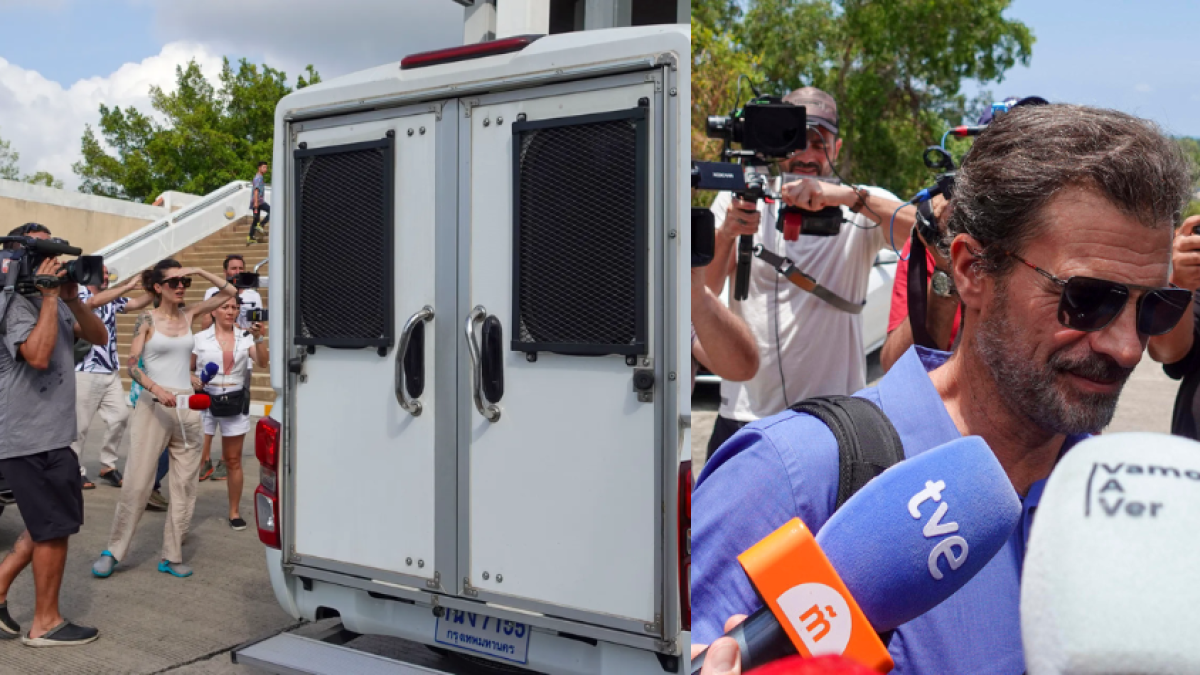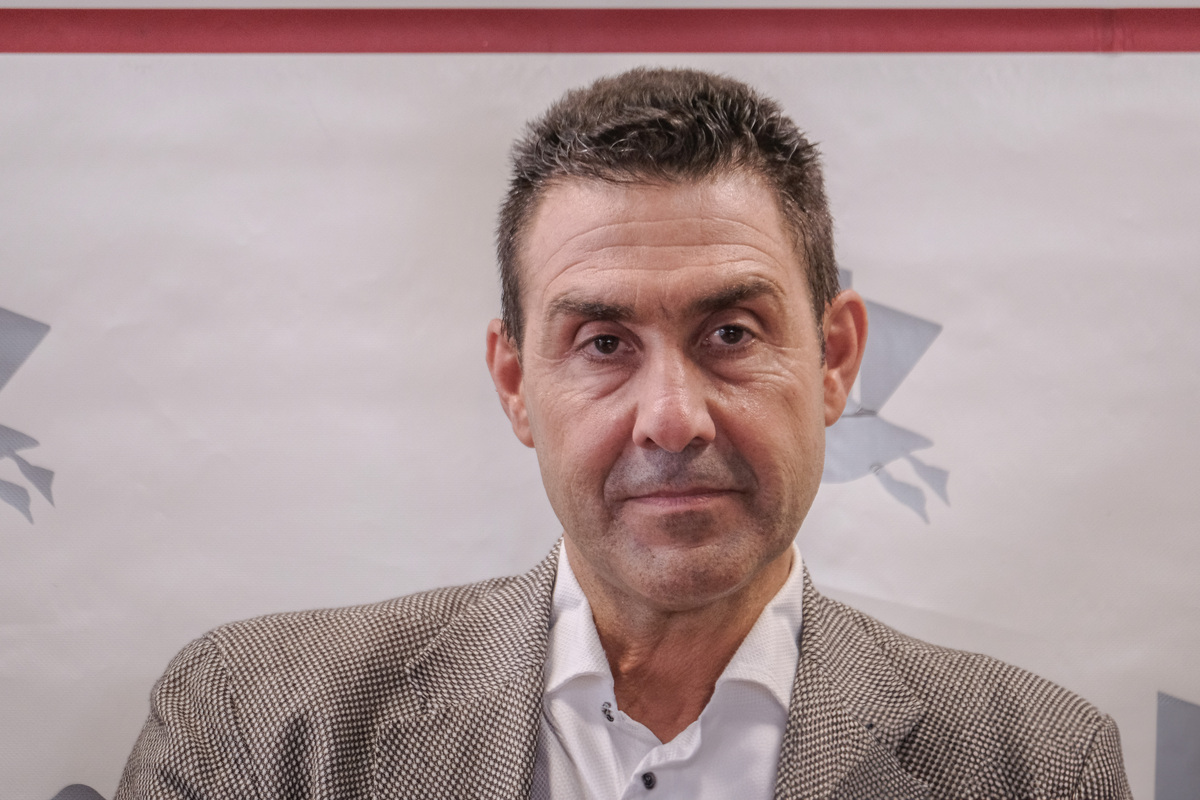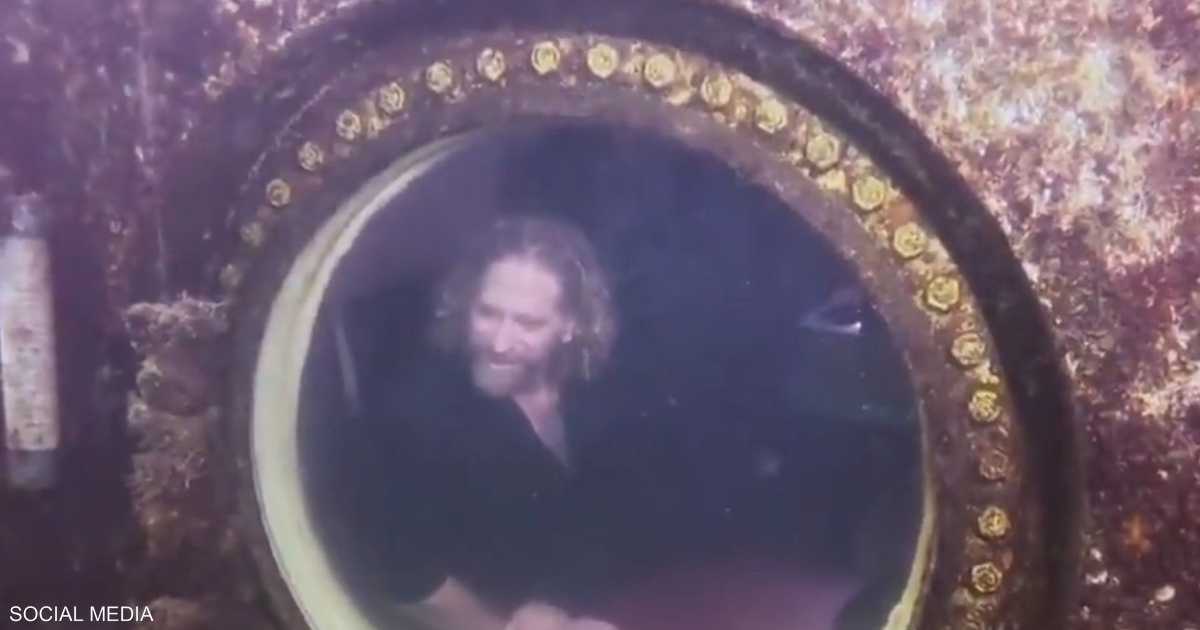Kari Aro was an Ideal Man whose life ended tragically. He created from scratch the legendary Koho hockey sticks that conquered the American market with the help of the Russians. A recent documentary tells the story of his successful racket maker as a UFO researcher.
Who was Kari Aro? Hockey player, football player, musician, writer, economist and UFO researcher.
Aro from Forssa was all of them, but above all he was the developer of the legendary hockey stick Koho and the founder and CEO of a club factory.
Aro died in 2003 at the age of 67 of an illness in Forssa, forgotten but not bitter. Aro was an Idealink whose visions were to change the world.
“Aro’s feet didn’t stay on the ground. He was like [Leonardo] da Vinci. He had as many ideas and visions, ”the musician Erkki Liikanen says in a recent documentary about Aro.
Sakari Suuronen controlled by Koho – Utopia from Forssa is part of the Docpoint Film Festival program from January 31 to June 6. February. The film will be seen on Yle’s channels in the spring.
Director’s screenwriter Suuronen’s debut direction can be approached from many perspectives.
The film originated from an article by Helsingin Sanomat, which listed important places for Finnish hockey. The story mentioned Koho’s cellar workshop on Apollonkatu and Kari Aro’s UFO hobby. Suuronen (born 1982) began to study the subject further.
Read more: The Boy and the Töölö Bermuda Triangle Burned in the Fireplace: A Journey to the Legendary Places of Finland
Koho – Utopia from Forssa is the first directorial of Sakari Suuronen.
Suuronen wanted to make a gentle film on the subject, even though the story is tragic.
“I found the subject lucky. At the same time, the film is the story of a sympathetic small town. Even today, many companies could learn from Aro and Kohol how to create a good atmosphere in the work community, ”says Suuronen.
At the beginning of the film, Aro teaches a new game of ice polo he developed in the trough. It was kind of a predecessor to the ball, but the racket was longer than in the ball. The long racket saved the players’ backs and gave it a shot.
Aro designed a professional league for ice polo. The sport was played in Forssa in the early 1980s.
“
“The racket is an artist’s instrument.”
Kari Aro and Kohsi ‘s foreman Ossi Toivonen studied the factory’ s hockey stick in 1966.
Kari Aro was a startup entrepreneur of his own era in the 1960s and 1970s. In practice, he created Kohon, who made durable wooden sticks from scratch.
At its best, Koho’s clubs sold 1.5 million units a year in 21 countries. It was the largest racquet factory in Europe, with products sold to the United States and Canada, the great land of hockey.
Kohon Aro developed a hockey stick during his studies in Helsinki as a carpenter Yrjö Sartokarin in the workshop. Sartokari taught Aro how to make rackets. Aro had a lot of ideas and suggestions. Based on them, the cooperation began.
Aro also knew how to make rackets himself. When the company moved to Forssa, he showed his employees how to grind their clubs.
“The racket is an artist’s instrument, balanced and suitably rigid,” Aro says in the documentary in the narrator’s voice.
Most of the quotes in the film are Aro’s own. They have been picked from found literary sources and modified from what people have said Aro said.
When industrial production of clubs began in Forssa, Aro had FIM 80 in its account. He had to take on debt and bills for which he asked his friends as guarantors.
In 1965, Aro’s racket business was on the model that he was already ready to give up.
“The racket is fantastic, but there are no sales or revenue.”
Television and the World Hockey Championships in Tampere in 1965 saved the clubs.
“I thought that I would float the last rackets in Tampere for the World Cup players, at least not to waste.”
At the World Championships, Koho’s ash tree club became a sensation. 25,000 copies were ordered for Sweden.
Hockey also began to appear on televisions. Aro quickly realized the possibility of a new instrument. Through the television, the Koho logo gained visibility.
Rackets in terms of a major international breakthrough was a series of matches between Canada and the Soviet Union Summit Series in 1972. The Soviet Union won the first match of Canada 7-3.
The four-match series is considered to have started the international hockey competition at the highest level, although the games conveyed the political spirit and Cold War of the time.
The luck of the Aro and Forssa racket factory was that Koho rackets were used in the Soviet national team. Aro thought a good racket is good for everyone, regardless of ideology.
“The big masses followed when the best players in the world used Koho”, Finnish Hockey Lion number 79 Juhani Tamminen notes in a documentary that, however, has not interviewed the world’s top players who played with Koho.
The 1972 matches have been chosen for the film as an example. Elevated clubs had already been exported to Canada, where the company was conquering the market in university circles.
“
“Kari also developed a carbon fiber club, but it was laughed at and was not put into production.”
Of the United States the devaluation of the dollar and the sharp rise in fuel prices caused by the global energy crisis dragged Koho’s economy into disrepair.
Aro had to sell the plant and production to Amer in 1974. Koho needed Amer millions.
Amer wanted to brighten his public image as a tobacco company. A couple of years later, Aro completely gave up its stake in the company.
Coach Alpo Suhonen closely followed Kari Aro’s life in Forssa.
Hockey player and coach Alpo Suhonen says Amer drove Aro against the wall.
“There was a bad taste left in the shops,” says Suhonen, who is a Forsk himself and knew Aro well until the end of this life.
“It remains to be seen how Koho ended up in Amer’s possession,” Suhonen tells HS.
Suhonen thinks it’s incomprehensible that Koho was allowed to run down. Today, it would have received millions in subsidies to keep it going.
“Koho was as small as Nokia. Kari also developed a carbon fiber club, but it was laughed at and was not put into production. In the same way as Nokia treated the touch screen, ”says Suhonen.
Before to his death, Aro predicted that the time of the wooden stick would end within ten years at the latest, as it then did. The composite racket replaced the wood.
“Kari believed that a racket that does not use natural fiber should be developed, or that the racket could be made from recycled material. He was ahead of his time and a special type intellectually and emotionally. He was exploited with kindness, ”says Suhonen.
After Koho was sold to Amer, Aro never wanted to talk about his club factory again.
“He completely denied it. Getting rich was an idea that was foreign to Kari, ”says Suhonen.
Amer later sold Koho to North America. The Koho brand no longer makes clubs.
As a hockey player and as a football player, Aro was one of the best in Finland at the time. He played both sports first at the Helsinki HJK and then at the Turku TPS.
He played football for several years in the championship series. At the World Hockey Championships, he represented Finland twice.
During the Aro, hockey was not a profession in Finland. He trained as an economist and transferred the skills and knowledge he learned to the business world.
Koho club factory in Forssa. No more clubs are made there.
Rackets in addition, Aro made other innovations in hockey. He developed an hockey glove called Apollo, which referred to American space and audition.
In Forssa, he built a bubble rink in 1971, from which light heard through the dark. There was talk of a bubble in Kari Aro in Forssa.
Thanks to the club factory and the bubble hall, it can be said that in a few years the Forssa Ball Association rose from the provincial series team to the hockey championship series, where it played the seasons 1975–1977.
One of the most famous players on the team was Timo Sutinen.
“Kari plays an integral part in the history of Finnish hockey. That is not enough, ”says Suhonen.
“
“I haven’t seen UFOs, but I want to help people not be afraid of them.”
Arolla there was a firm belief that man is not the highest spiritual being in the world.
He believed that the civilizations of space would seek to save humanity from nuclear war and unite them into an alliance of galactic civilizations.
He said the UFOs would one day land in the bubble hall in Forssa. He later speculated that Ankkalammi Park would still be better suited as a UFO landing area than a bubble hall.
On the roof of the Forssa spa, he conceived a space station. In the late 1980s, Aro held exhibitions on UFOs in Forssa and, among other things, made space-themed compositions and lyrics.
“I haven’t seen UFOs, but I want to help people not be afraid of them,” Aro says in his own voice.
According to Suhonen, Aro’s UFO speeches were mainly laughed at in Forssa.
In 1976, Aro published a book National Socialism in the time of Aquarius. In it, he presented the rationale and structural formula for the future economic system that would prevail “in the time of Aquarius” in 2176.
“My time is up, but my thoughts are just coming.”
.
#Movie #Entrepreneur #Kari #Aro #Idealinko #life #ended #tragically #believed #UFOs #created #scratch #legendary #success #product #conquered #market







